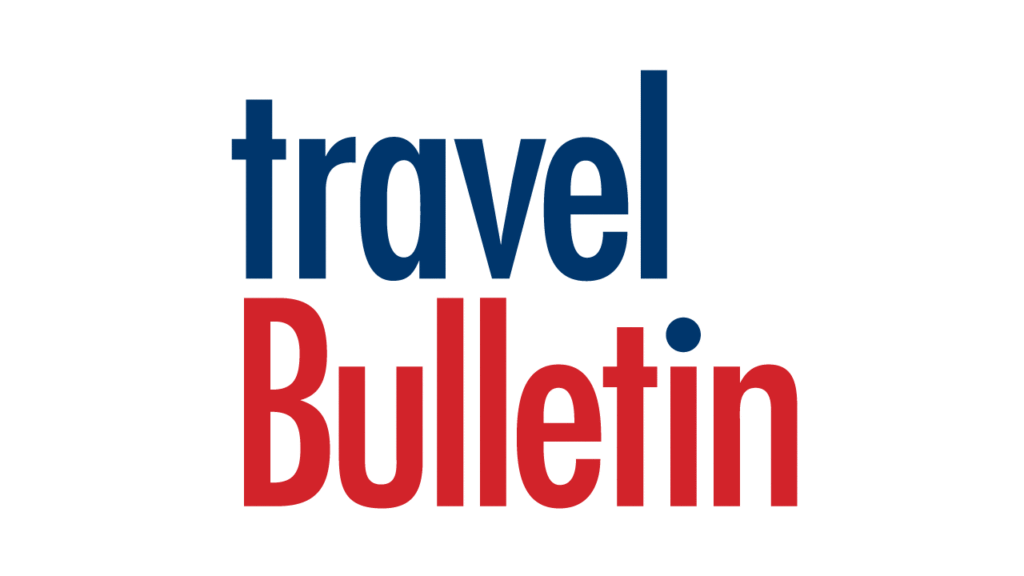Issues & Trends – September 2012
CAN AGENTS LEARN TO LOVE RAIL COMPANIES?
The four issues that will determine the future of rail distribution
PIERRE-STEPHANE Austi admits that the relationship between travel agents and rail operators did not start out as a love story. But Austi is a Frenchman and he says: “Love can start late.”
The Paris-based chief executive of Rail Europe used the quip during a candid address to the TravelTech con-ference in Sydney earlier this month.
He was understanding about the fact that agents have in the past taken only a marginal interest in rail, conceding that commissions on complex bookings could be low and agents could make more money selling other products.
And he agreed that rail companies have in the past seen little need to cultivate the travel distribution sector. Even today 80 per cent of rail business is B2C and 99 per cent is generated locally, he said.
“But a lot has changed in the last 20 years,” he told TravelTech delegates.
A dramatic improvement in the quality of the rail travel experience, notably the advent of high-speed rail travel in Europe and Asia, has seen rail emerge as a highly competitive alternative to air travel.
According to Austi, market studies show consumers now prefer rail travel to air travel for trips below five hours’ duration, with rail carrying 90 per cent of Paris-London traffic and 65 per cent of Paris-Geneva traffic.
He said high speed trains get a 90 per cent positive response from consumers while low cost carriers score barely 20 per cent. These developments have added impetus to the efforts of Rail Europe which set out 20 years ago to establish a low-cost, multi-channel system to put rail inventory on a platform that provides “a one-stop shop for trains”.
Targeting what Austi called the “four As” (Asia, Africa, America and Australasia), Rail Europe now has 36 consumer websites and more than 140 sales agents in 50 countries. They include Rail Plus, Flight Centre, JTG, GTA, TUI and Carlson Wagonlit.
And Rail Europe also distributes non-European product including Amtrak, Via Rail, Rocky Mountaineer, Japan Rail and Rail Australia. But at this stage, rail is not a strong presence in GDSs (although Amadeus, using technology it acquired with the takeover of Australian company, Onerail, works with Rail Plus to provide a “smart tab” enabling agents to seamlessly incorporate Rail Plus bookings into a single PNR with mid-office integration.)
Once again, Austi is understanding about the problems that rail presents to GDSs, particularly the lack of standardisation. By contrast with the IATA-harmonised airline sector, he said, national rail companies operate in disparate fashion and with little competition.
He told TravelTech delegates that the future of rail distribution over the next 10 years will be determined by the answers to a series of questions –
• Will GDSs become a low cost business tool suitable for distribution of rail fares?
• Will predominantly B2C carriers be able to accept loss of distribution control?
• Will it be possible to standardise and harmonise rail operations?
• Will it be possible to improve co-operation between rail companies after 200 years of nationally-focused activities?
“We have to be optimistic for the future,” said Asti, noting with approval the kindling of rail competition in Europe, exemplified by the recent entry of a second rail carrier in Italy.






